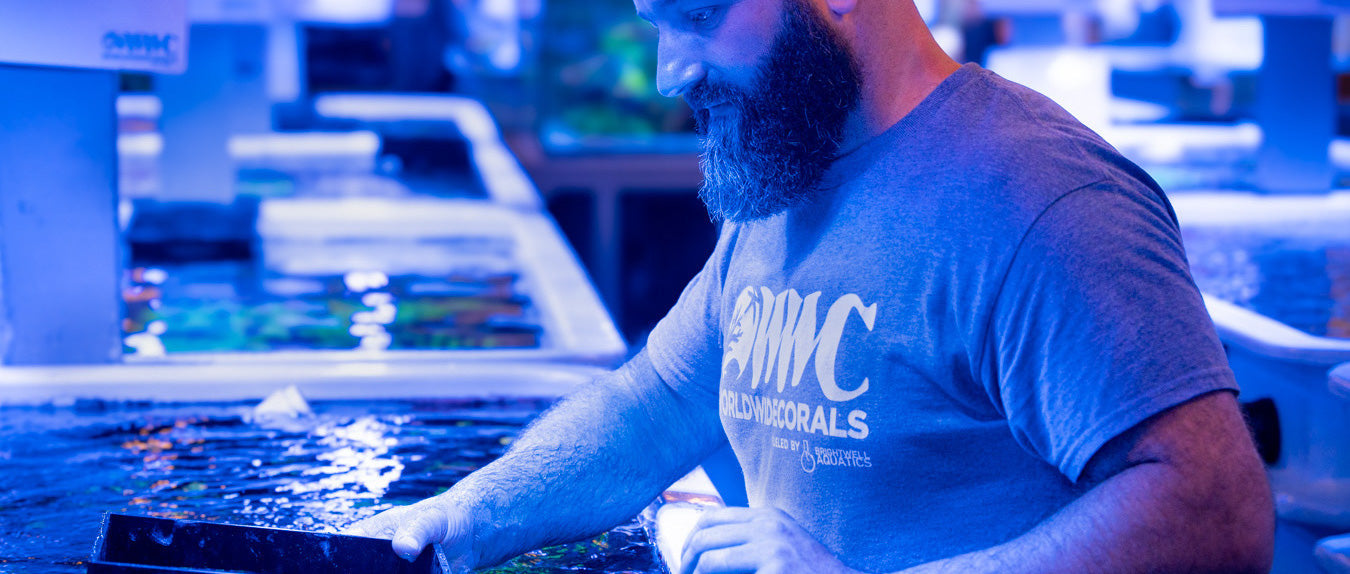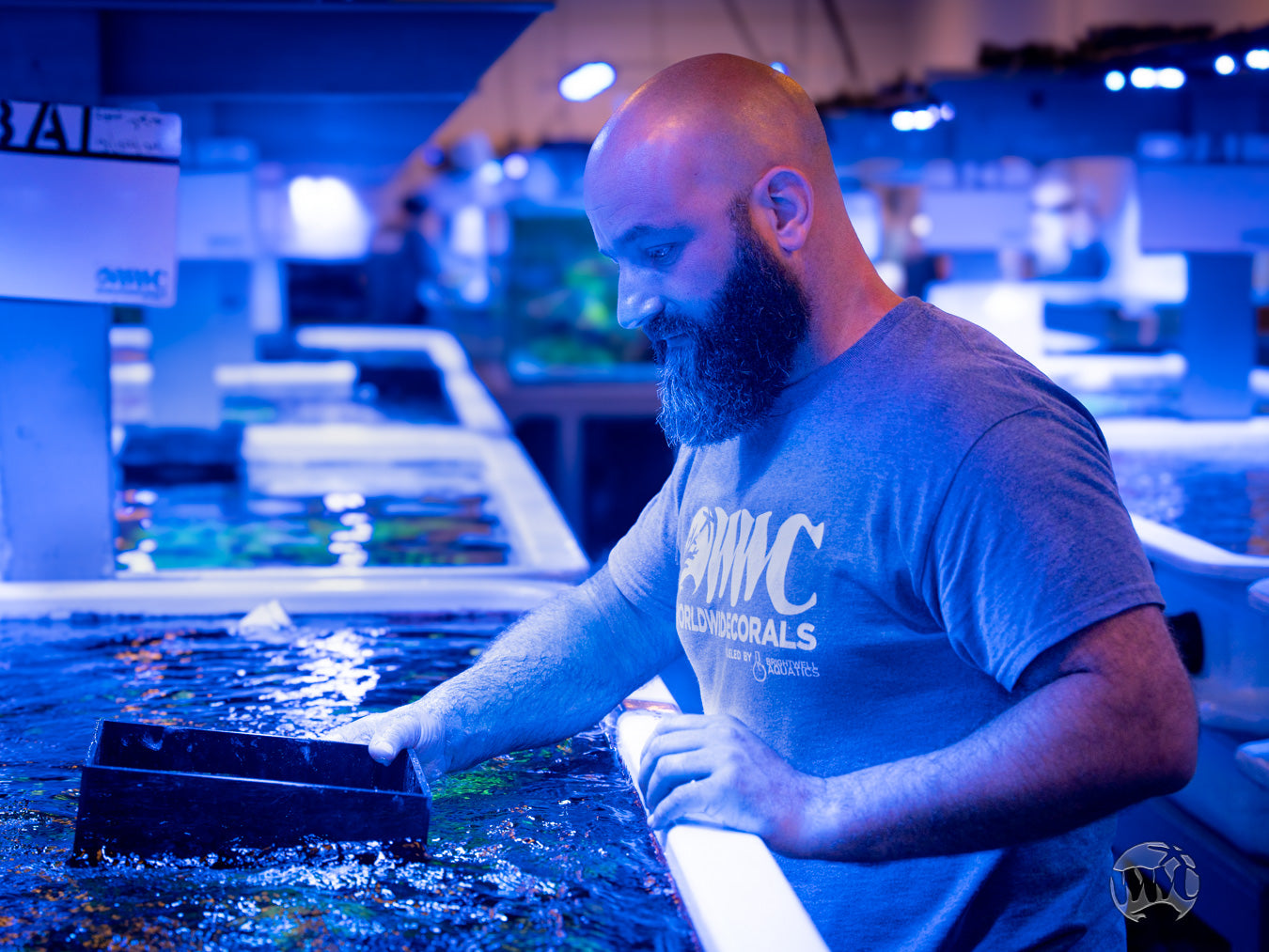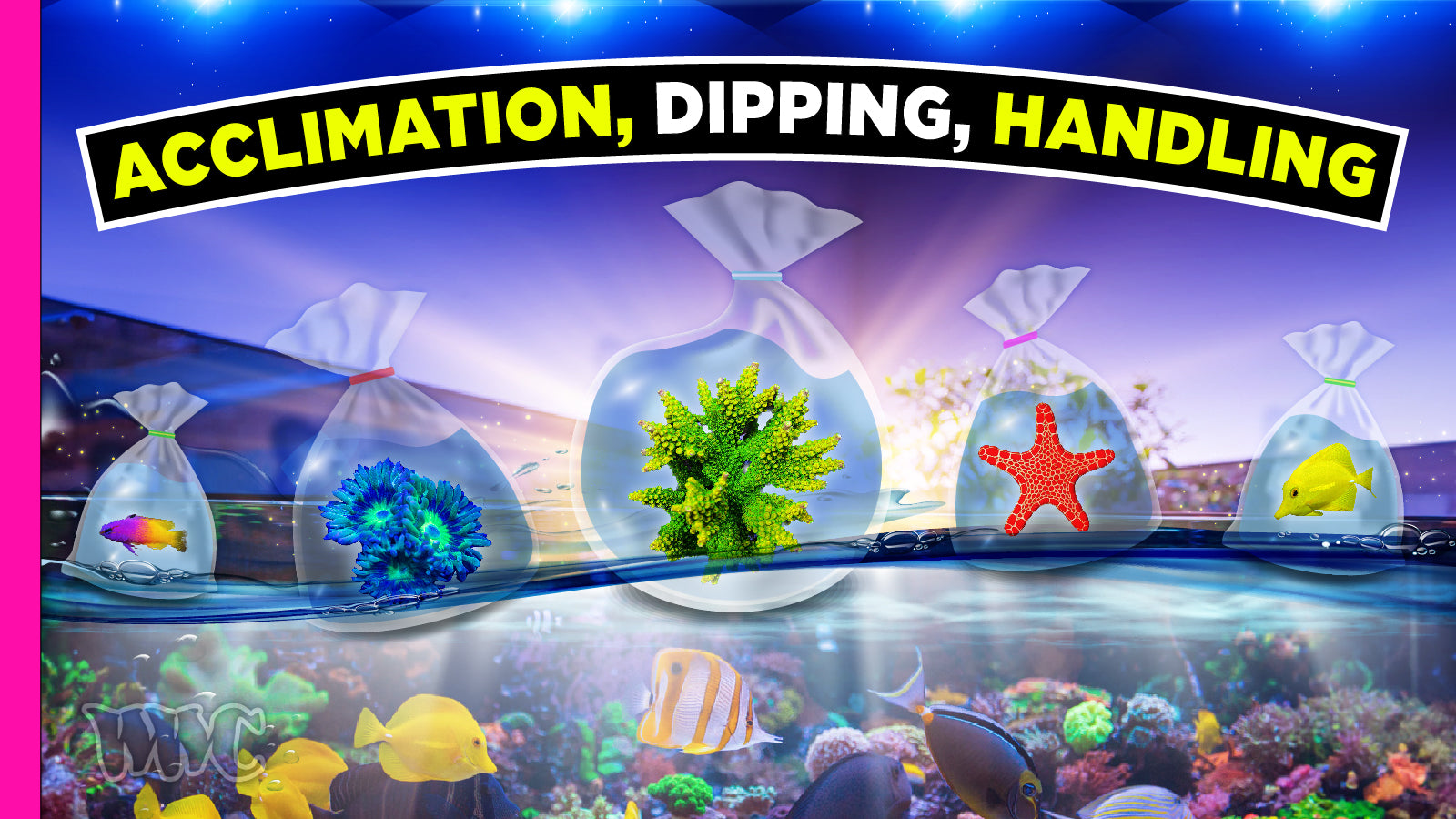
Recommended Dipping & Handling Procedures
Dipping
We do not recommend dipping corals during or just after acclimation due to corals being stressed from shipping. This can cause irreversible damage to your recently shipped corals. The number one contributor of deceased corals is improper dipping! This occurs due to improper techniques and timing. However, dipping corals is the right thing to do, but it’s important to time it properly to reduce additional stress on your new frags. Plus, double and triple check the amount of dip you are adding to your dipping container. Do not wing it and think adding more dipping reagent will kill more parasites!
We recommend that you wait 10 to 24 hours after adding your new corals to your reef to dip. You might ask, “Isn’t this enough time for parasites and undesirables to spread?” The likelihood of these happening is very small as they are few and far between, parasites, just like your new corals are also adjusting to the new environment that is your reef. This is another reason that we recommend you lightly blow off your corals while acclimating as this will also help in reducing the possibility of adding something unintended to your reef. It’s also another great way to get to know your corals better!
Adding Corals Into Your Reef Tank
Corals are more resilient than fish when it comes to the rigors of shipping. However, it is still important to take the proper steps to ensure the long-term health of your new inhabitants.
Although we strive for the cleanest and pest-free corals the web has to offer, we are not perfect. At WWC we work very hard at isolating, quarantining, and dipping corals prior to farming and then releasing a coral to the public. That doesn’t mean that you shouldn’t inspect/dip/quarantine your corals for any unwanted critter that might just sneak by us.
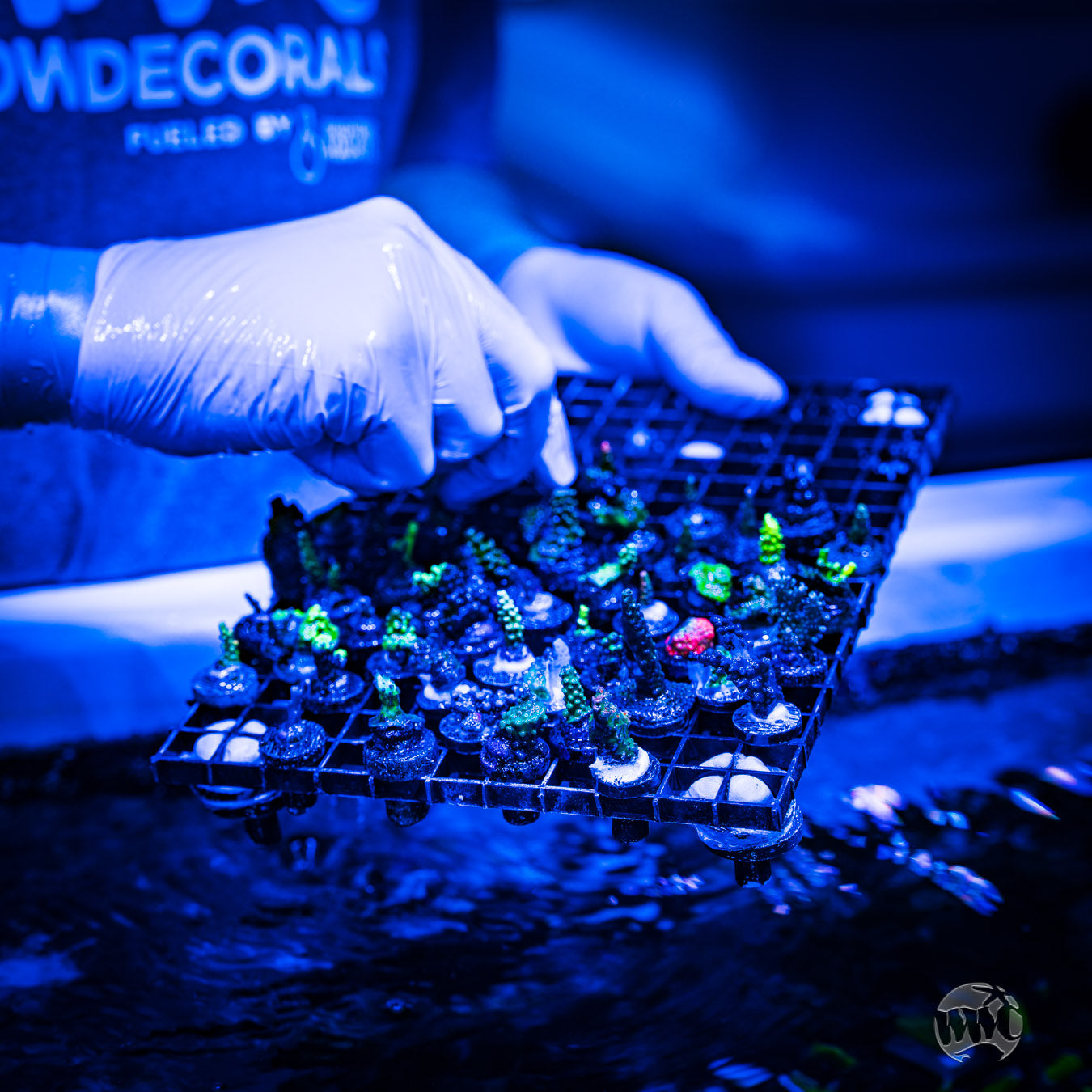
Quarantine
The best possible alternative is to set up a small fully established quarantine system in combination with a regimen of dipping and turkey basting your corals. Doing this over a 3 to 4 week period is almost fail safe. If this is an option for you, please research online or send us an email for more details.
Contact Support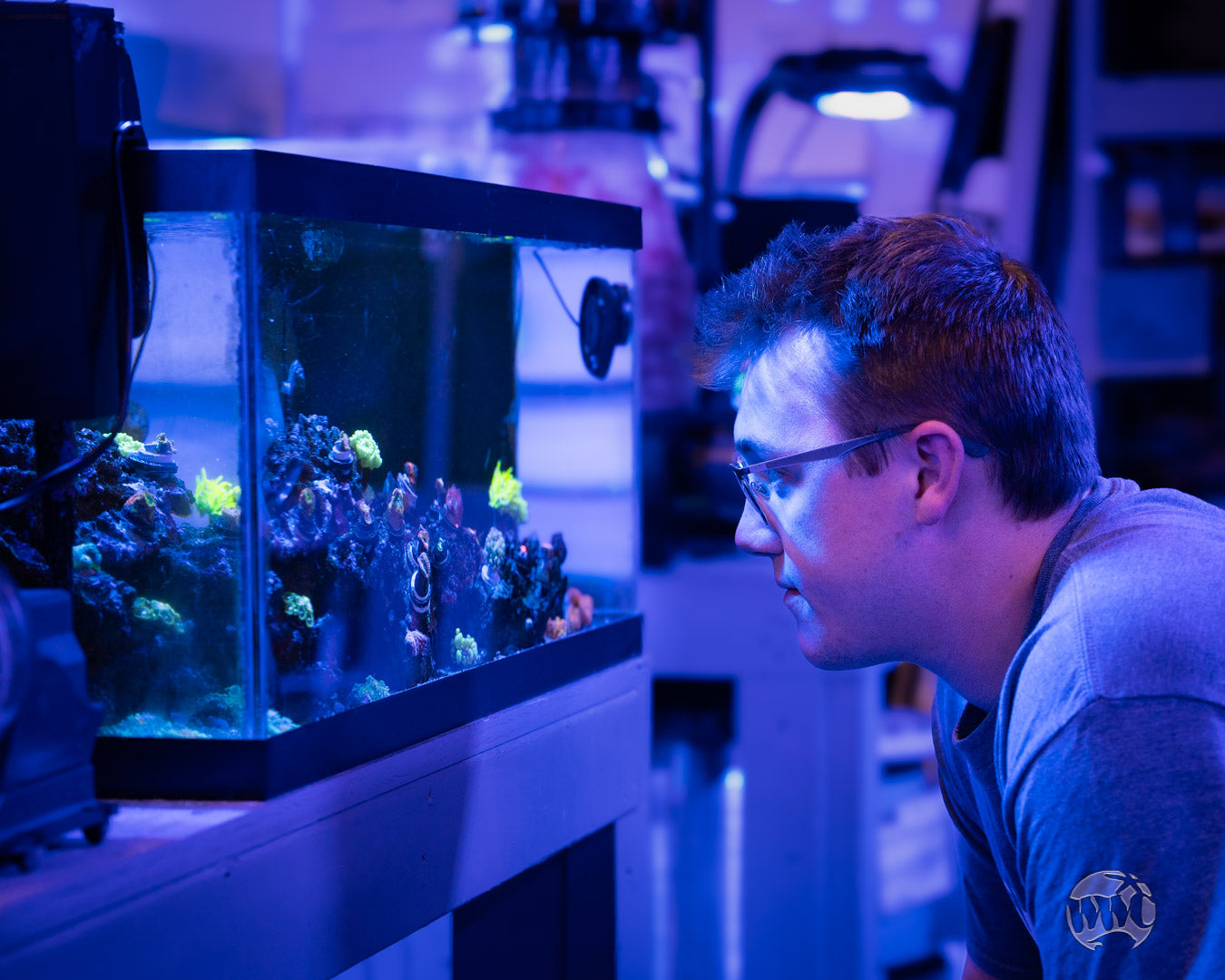
SPS & LPS Handling
Do not touch the live tissue as the pressure applied when handling corals, plus the oils, etc. from your fingers, will damage your new precious additions. Always handle the coral by the frag plug, or if a wild colony, the rock underneath the live skeleton.
Coral Care Guides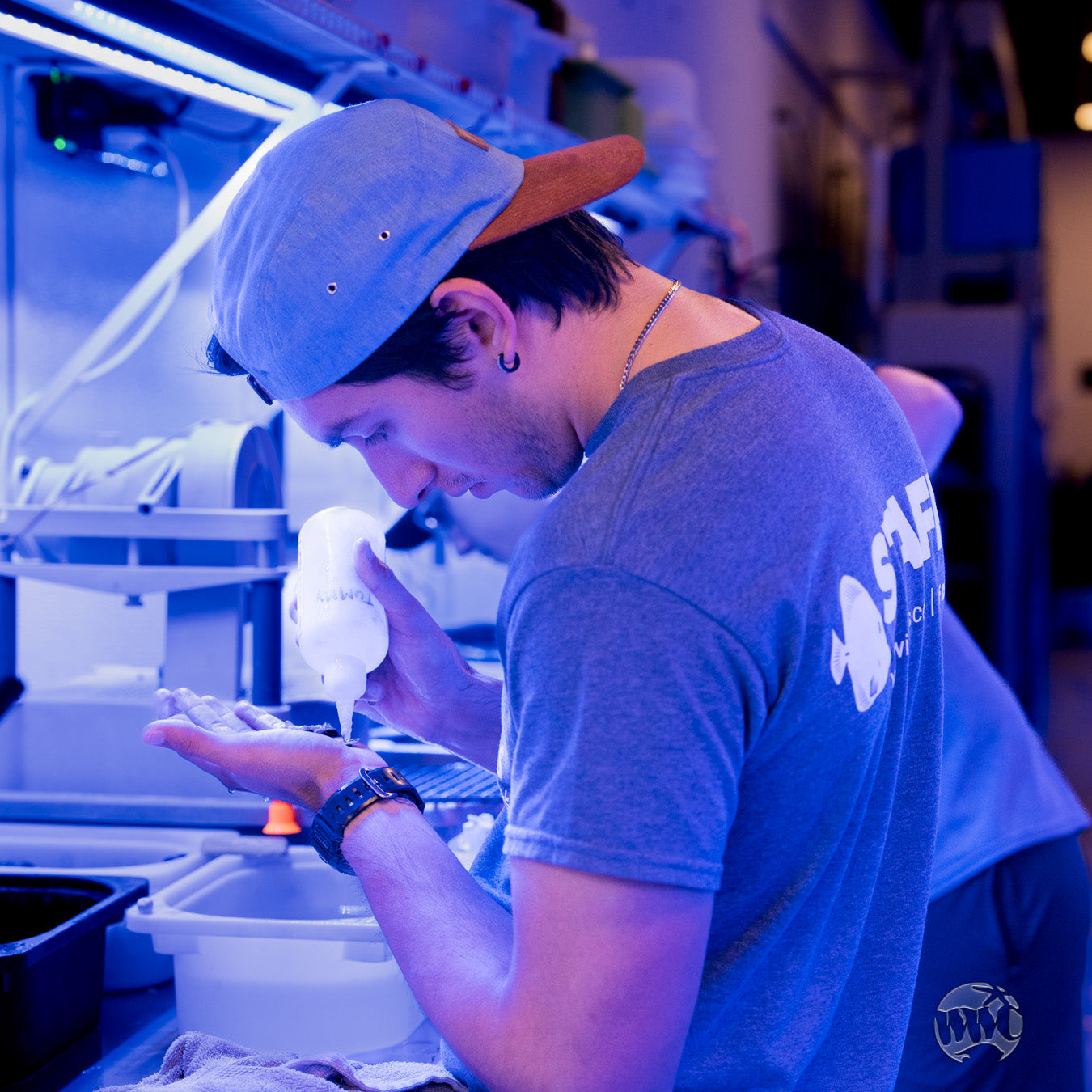
Zoanthid & Palythoa Handling
Handle these animals with extreme care. Gloves, safety glasses, and a dust mask should be worn to lessen the chance of Palytoxin poisoning. Also, never rub your eyes, mouth or nose during or after handling these animals. This is the most likely way for the toxin to enter your body. Once done handling you must wash your hands with soap and rinse well.
Handle With Care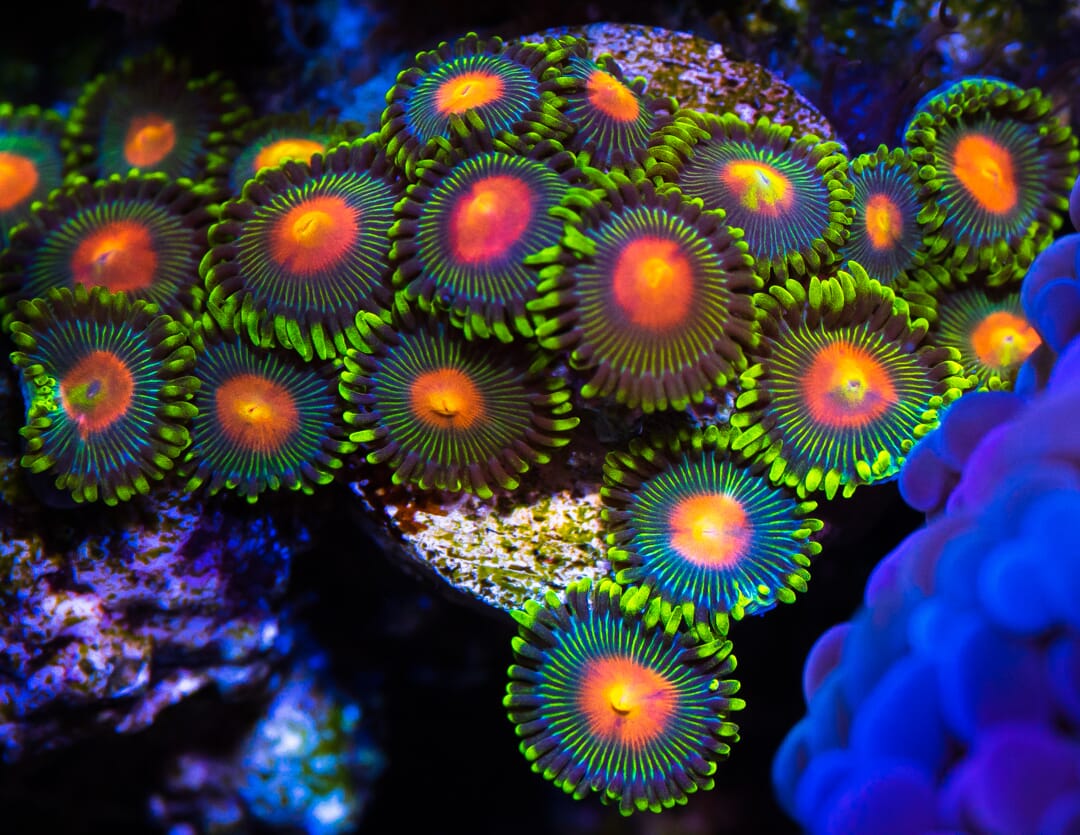
Coral Acclimation Quick Guide
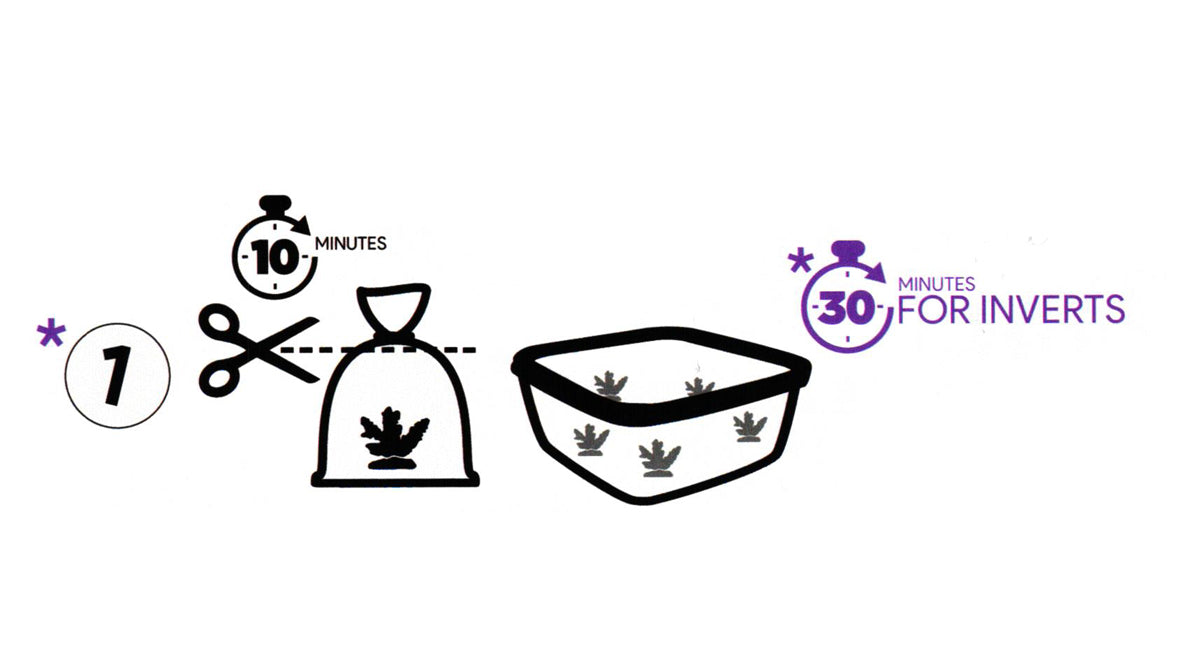
1. Cut bags and pour water into a container, then gently place frags inside. Add water from your tank until corals are submerged.
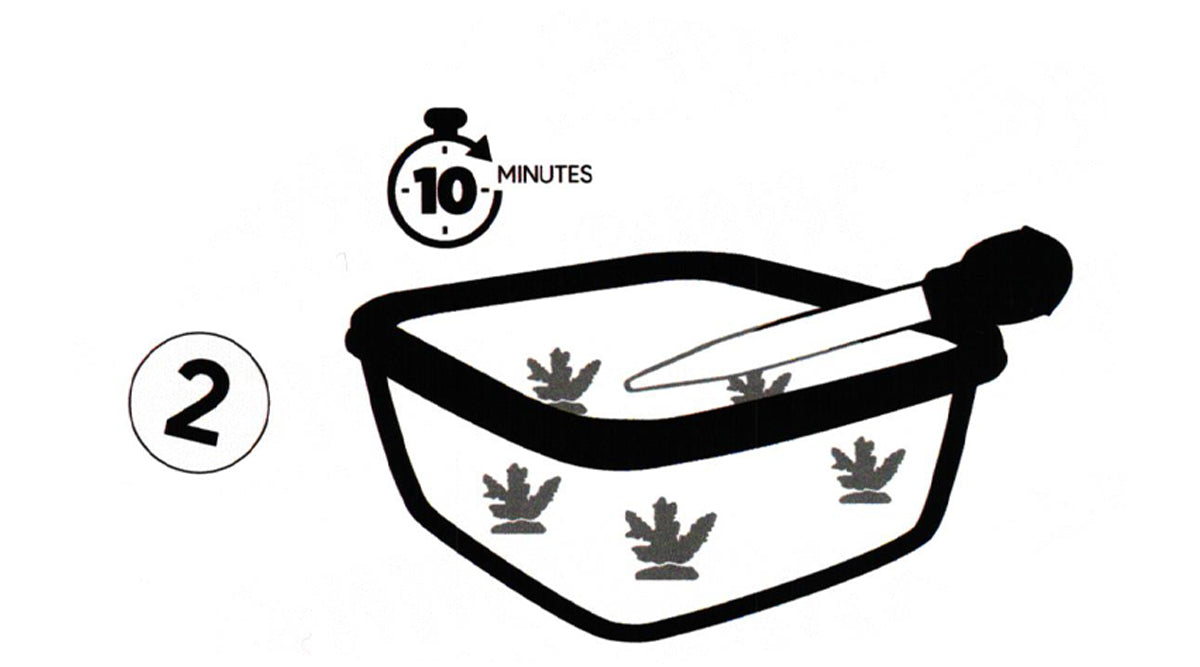
2. Gently blow off corals with a baster to remove accumulated detritus or other undesirables. (Gently is very important.)
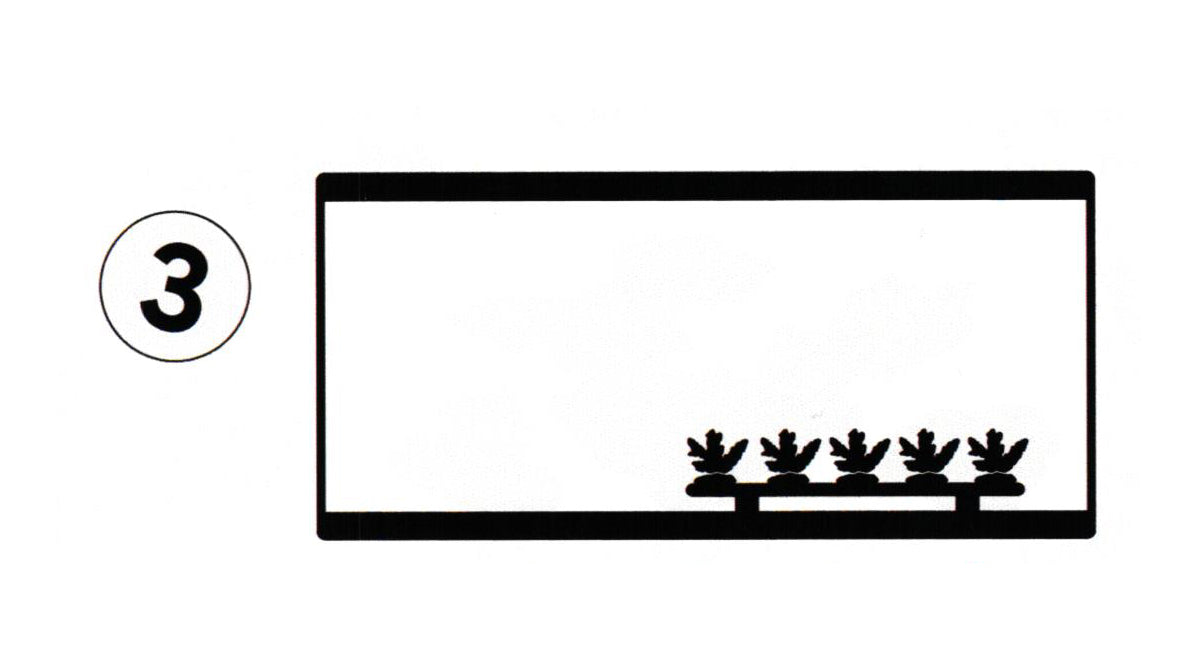
3. Place corals near the bottom of your reef, preferably on a frag rack, so they can adjust to your aquarium’s lighting.
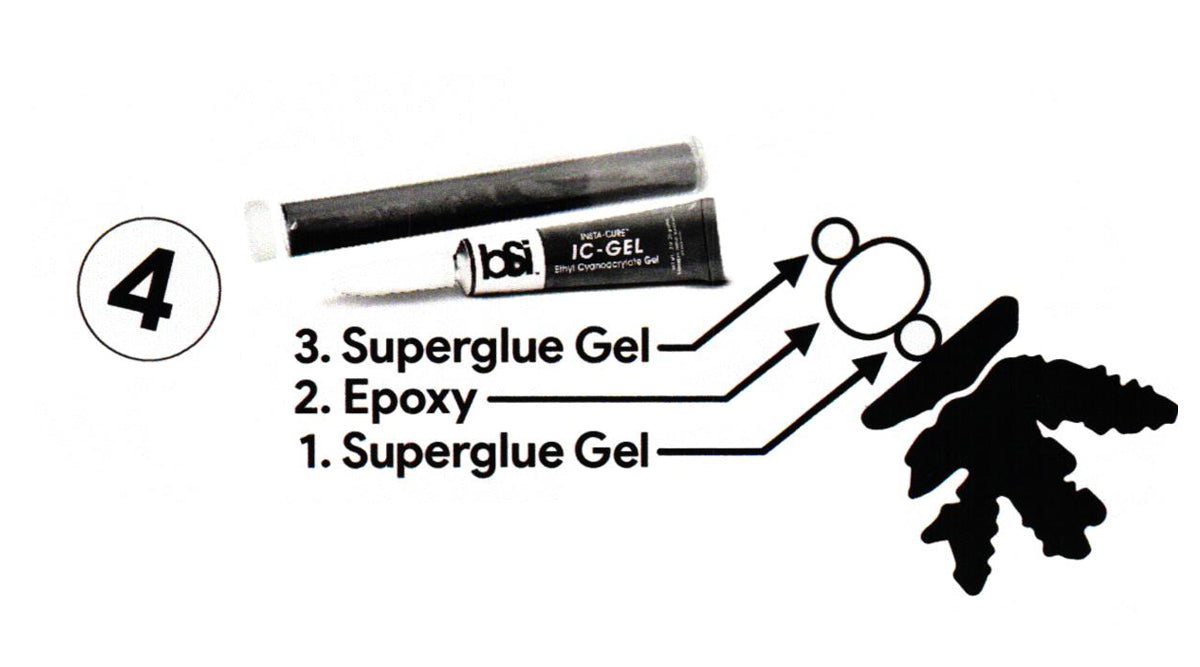
4. Use a tiny amount of superglue with a small ball of aquarium safe epoxy in between to glue your frags.
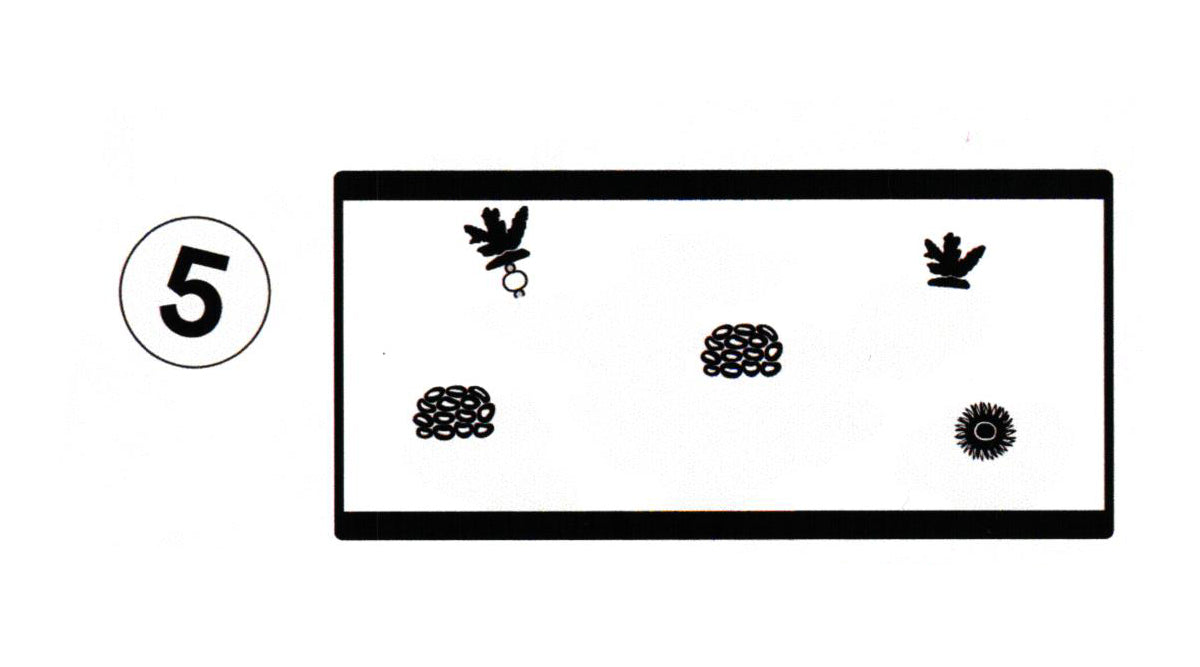
5. Place frag with glue on it into water and push down in optimal location for each species.
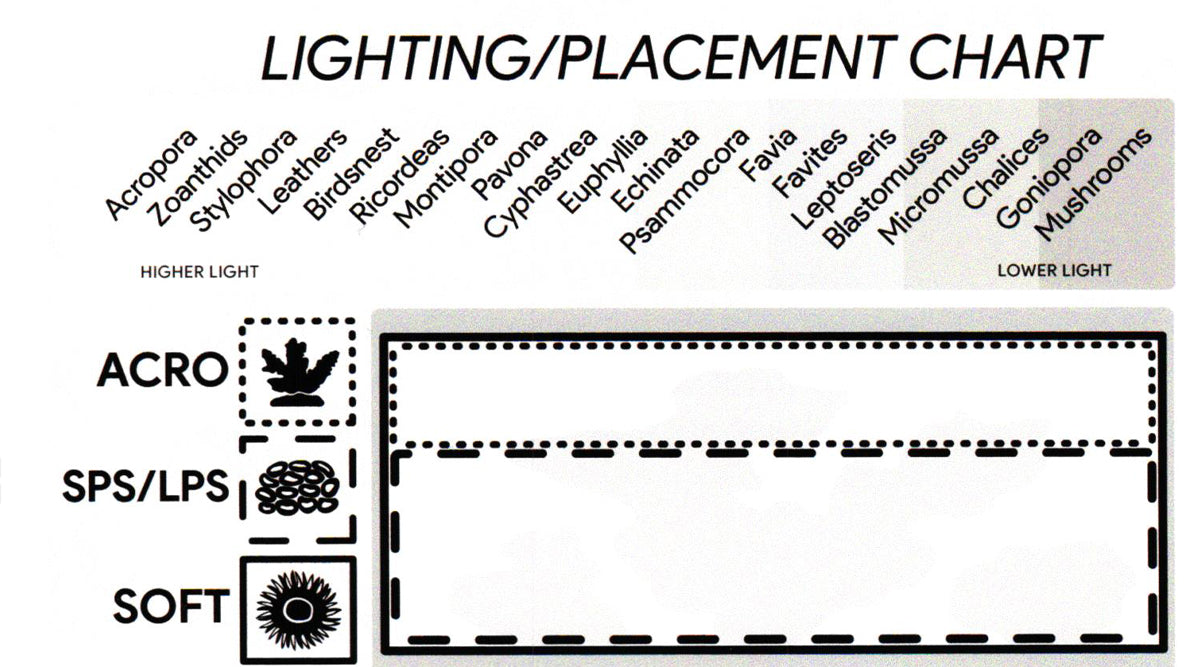
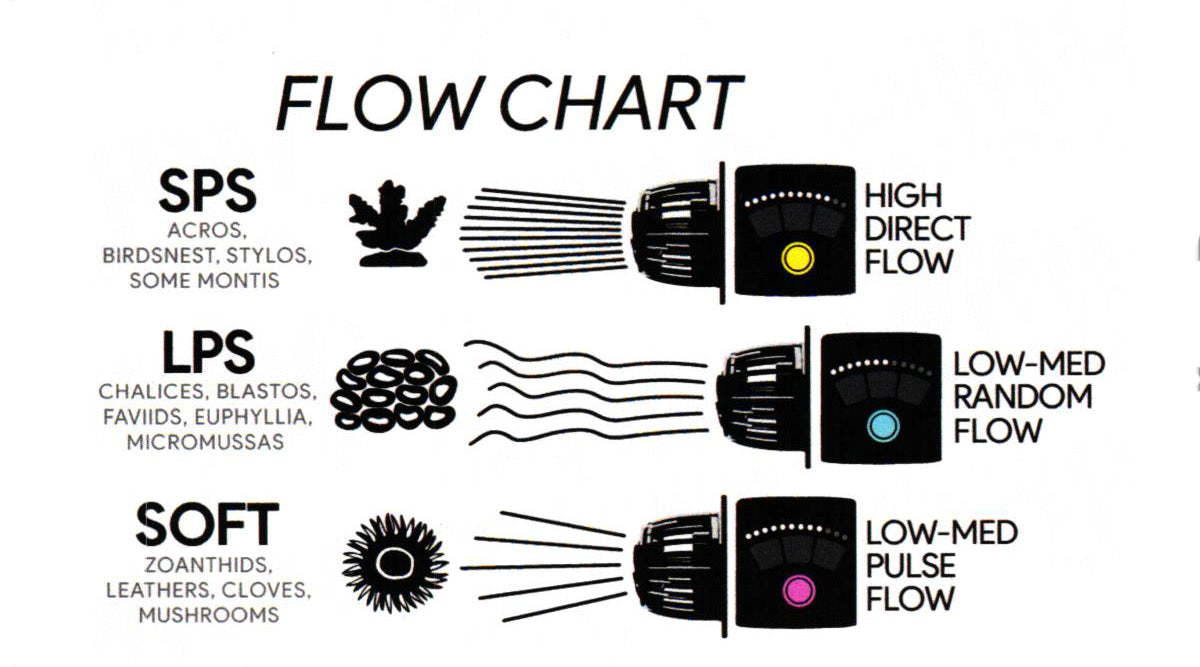
Any question?
If we still haven't answered your question, you can contact us below and we will get back to you as soon as possible.

